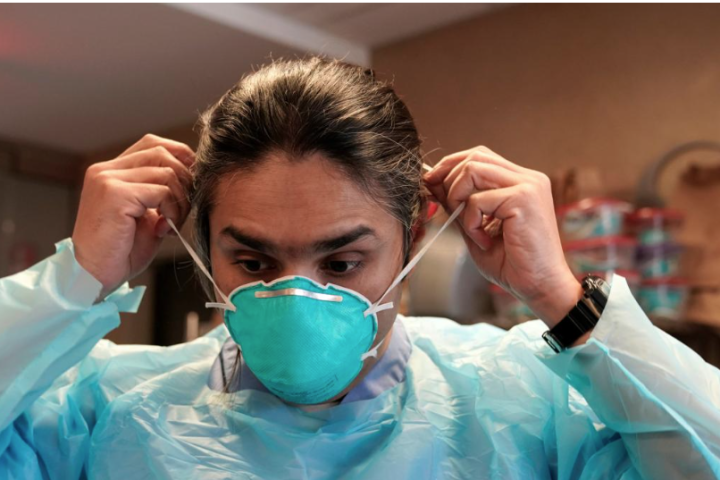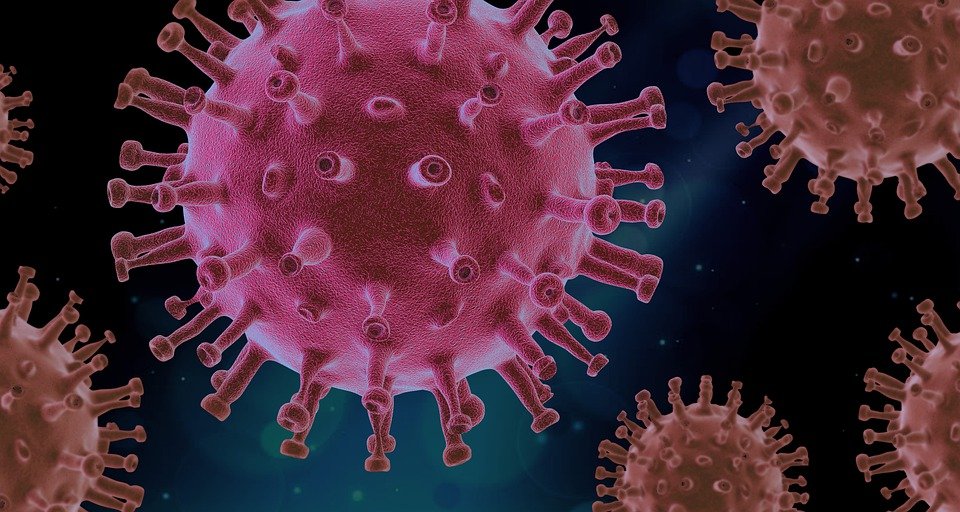According to an investigation of electronic health data from an Israeli healthcare institution, several health outcomes of persons who acquired protracted COVID after moderate acute SARS-CoV-2 infection disappeared 1 year later.
According to Barak Mizrahi, MSc, a computational researcher at KI Research Institute in Kfar Malal, Israel, and co-authors, the risk for most outcomes tended to decrease between early (30-180 days) and late (180-360 days) time periods following infection.
“Our analysis revealed that the risk of 13 previously known symptoms and health outcomes was considerably greater in individuals testing positive for SARS-CoV-2 compared to negative controls,” Mizrahi and colleagues wrote in The BMJopens in a new tab or window.
“Following these outcomes in the late period, up to a year post-infection, we showed that the risk for many of them decreased and was comparable to that in people who were not infected,” they added.
The researchers mined data from a large health maintenance organization in Israel, looking for ICD-10 codes about 70 health outcomes potentially related to long COVID.
“I think we should interpret the study within the context of its design limitations,” noted Ziyad Al-Aly, MD, chief of research and development at the Veterans Affairs St. Louis Health Care System and clinical epidemiologist at Washington University in St. Louis, who wasn’t involved with the study.
“A more holistic interpretation is needed,” Al-Aly emphasized. “While, at the study level, risks of some outcomes may decline with time, this does not mean that the risk goes away, especially for the people who had already developed chronic sequelae. They may have disease manifestations or problems that last a lifetime.”
Mizrahi and co-authors assessed information about Maccabi Healthcare Services members who had a polymerase chain reaction (PCR) test for SARS-CoV-2 between March 2020 and October 2021, comparing hazard ratios and risk differences per 10,000 patients in early and late periods.
They followed 299,885 members who tested positive for SARS-CoV-2 and had not been admitted to the hospital with COVID-19 a month after their diagnosis, matching them with 299,870 people who tested negative and had similar age, sex, time of test, and vaccination status. Most testing occurred when the Alpha (38.1%) or Delta (37.7%) variants were circulating; for 24.1% of participants, the original virus was dominant.
The median age of participants was 25, and 50.6% were female. About 39% were under age 18. Propensity score weighting corrected differences were observed between the infected and uninfected groups.
Per 10,000 patients, risk differences between infected and uninfected people included:
- Anosmia and dysgeusia (19.6 risk difference in the early period; 11.0 risk difference in the late period)
- Concentration and memory impairment (12.8 early; 13.3 late)
- Dyspnea (85.7 early; 35.4 late)
- Weakness (108.5 early; 50.2 late)
- Palpitations (22.1 early; 8.3 late)
Hazard ratios were significantly higher for these outcomes among people infected with SARS-CoV-2. There was significant, but lower, excess risk for streptococcal tonsillitis and dizziness. In children, SARS-CoV-2 infection was associated with a higher risk of conjunctivitis.
Risks for hair loss, chest pain, cough, myalgia, and respiratory disorders were significantly increased only during the early period. Overall, men and women had minor differences. Children had fewer outcomes, which mostly resolved in the late period.
Findings remained consistent across SARS-CoV-2 variants. A lower risk for dyspnea, and similar risk for other outcomes, emerged in vaccinated patients who had breakthrough infection compared with unvaccinated patients.
The study had several limitations, Mizrahi and co-authors acknowledged. The researchers had access only to outcomes reported in structured medical coding, with no access to information reported in free text format. In addition, patient-reported outcomes, like weakness, memory, concentration, anosmia, and dysgeusia, are less objective than clinical diagnoses by physicians and may not be uniform or accurate.
“We cannot rule out potential behavioral and environmental differences between infected and uninfected people, which might cause overestimation of the incidence among the infected population,” Mizrahi and colleagues added. “Namely, some health-seeking bias may exist, in which patients with COVID-19 may be more active in maintaining their health, including more frequent healthcare service use, resulting in higher reporting and increased screening for potential COVID-19-related outcomes in these patients.”
the source of the news: https://www.medpagetoday.com





